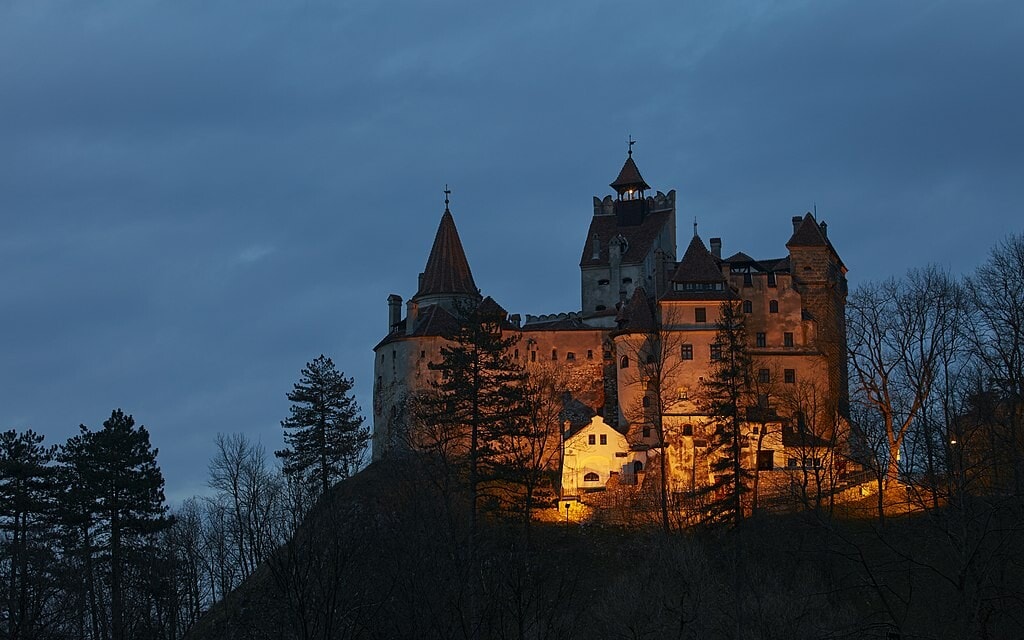Dark tourism seems like the preferred vacation for Wednesday Addams or legions of goth kids exploring their disturbed, grotesque side. This may be true, but they are only part of the dark tourism phenomenon. Dark tourism, or tourism to sites of death, tragedy, or the supernatural, can range anywhere from the local haunted house to the sites associated with genocide. A study cited by the New York Times reveals 82% of people have visited a dark tourism site in their lifetime. This means your teachers, your best friend, even your grandmother has likely been a dark tourist. From the spooky thrill of the Winchester Mystery House to unbelievable horror of genocide sites like Auschwitz and the Cambodian Killing Fields, dark tourism sites attract billions of visitors every year. Dark tourism is found around the globe, in every culture, in every era of history.

Why are people interested in dark tourism?
Dark tourists connect with tragic sites for their own, very personal reasons. Some have a direct connection to a tragedy, like returning to Pripyat, Ukraine to see their abandoned childhood home. Perhaps they like the thrill of possibly seeing a specter during a ghost tour in New Orleans’ French Quarter. People go far out of their way to visit places like the rural Buddy Holly crash site in Clear Lake, Iowa to deepen their understanding of what happened and stand in the victim’s footsteps.
They might visit Dracula’s castle in Romania for a little thrill, recalling the horrors of Vlad Tepes. Others want to see if they can provide new ideas or uncover new clues in old mysteries, like brave explorers in the Ural Mountains trying to solve the 1959 Dyatlov Pass mystery. Whatever the reason, dark tourism draws visitors who may never otherwise have visited these regions.

